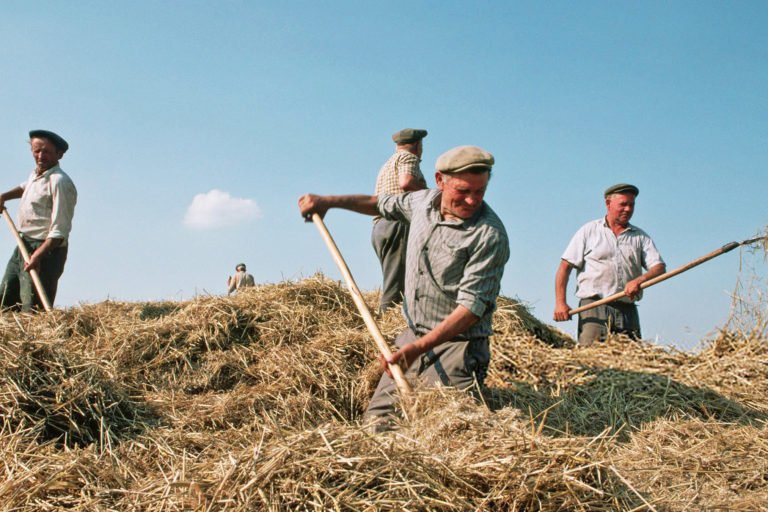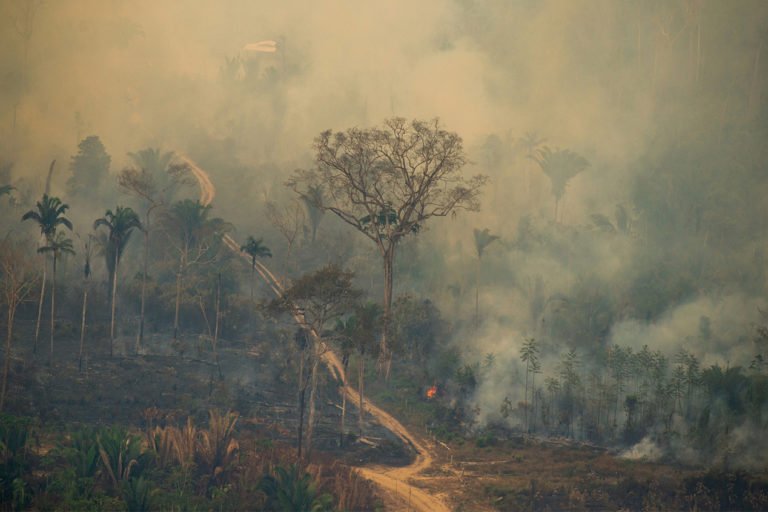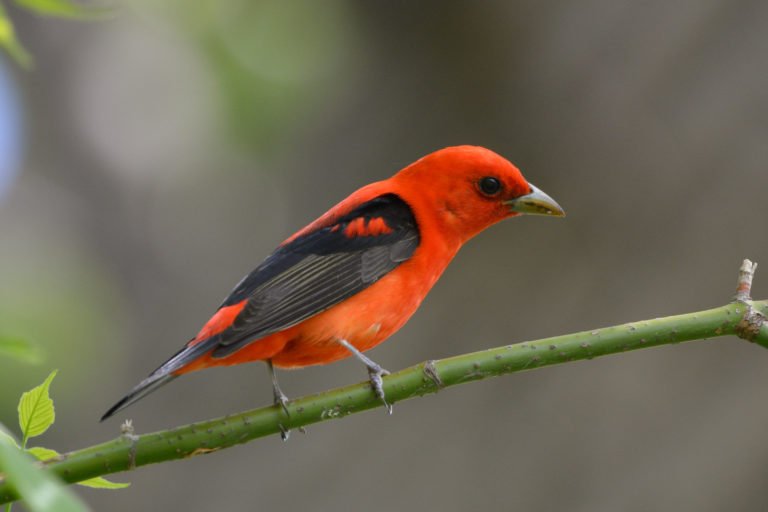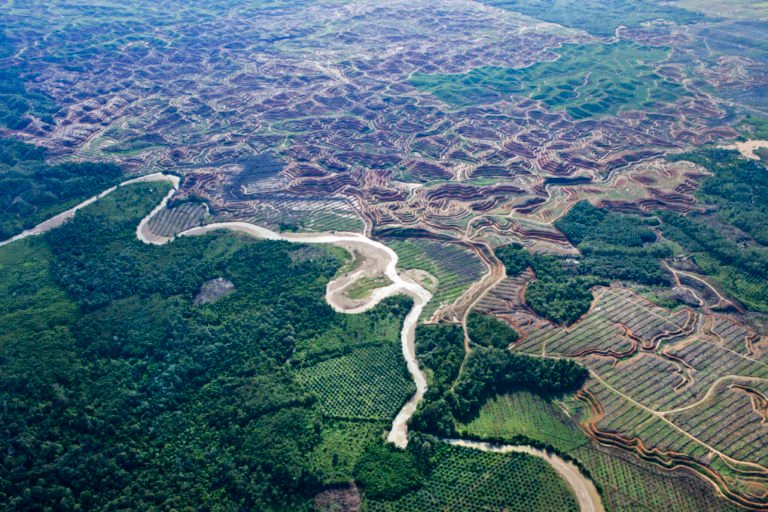- Paleontologists have described a new genus of giant fossil kangaroo, named Nombe after the Nombe Rockshelter archaeological site where the fossil was originally found in Papua New Guinea.
- The finding was a chance discovery as Ph.D. candidate Isaac Kerr was reexamining a jawbone bone found in the 1970s and originally believed to belong to the extinct genus Protemnodon, the cousin of the modern day eastern gray and red kangaroos that are found in Australia.
- There has only been limited archaeological research on the island of New Guinea to date, and the fossil record is patchy.
- The team say they hope further research will offer insights into how the island’s extraordinary modern-day biodiversity, much of which is endemic, evolved.
A previously unknown genus of primitive giant kangaroo that once roamed the rainforests of New Guinea has been described by a team of paleontologists from Flinders University in Australia.
The researchers say they hope the findings, published in June, will reenergize the field of paleontological research on New Guinea, helping to uncover the island’s history and thus better understand its diverse and often unique modern-day flora and fauna.
The chance discovery came about as lead author Isaac Kerr, a Ph.D. candidate at Flinders University, was reexamining a fossilized jawbone thought to belong to a giant kangaroo from the extinct genus Protemnodon, a cousin to the modern-day eastern gray and red kangaroos (Macropus giganteus and Macropus rufus) found in Australia and the focus of Kerr’s research. On closer examination, distinct differences to Protemnodon in the molar teeth led the research team to believe they were in fact looking at a previously undiscovered genus most likely unique to New Guinea.
The jawbone was originally found during an expedition led by Mary Jane Mountain in the 1970s at an archaeological site in central Papua New Guinea called the Nombe Rockshelter. Kerr and his colleagues have named the new genus Nombe after the site and the type species will be called Nombe nombe.
“The New Guinean fauna is strange and unique, and the fossil evidence suggests the same,” Kerr said in an email to Mongabay.
In 2020, a collaborative study between 99 different botanists found that New Guinea had the most plant species of any island on Earth — surpassing Madagascar’s record of 11,832 species with a grand total of 13,634 species of plants. Even more incredibly, two-thirds of the plant species found on the island are endemic, meaning they’re unique to New Guinea.
New Guinea’s fauna is similarly diverse and, in many cases, unique, like the critically endangered a western long-beaked echidna (Zaglossus bruijnii), an egg-laying mammal, or the vividly colored birds-of-paradise such as the raggiana (Paradisaea raggiana), Papua New Guinea’s national bird.
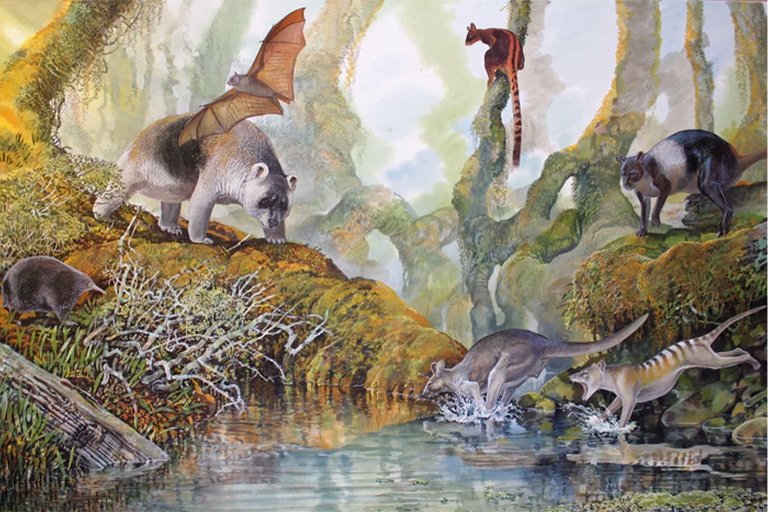
The reason for New Guinea’s high levels of endemism is its isolation. The island was connected to mainland Australia by a land bridge some 5 million to 8 million years ago, when sea levels were lower, but was separated when the area now known as the Torres Strait was submerged. Once cut off, species that previously roamed across Australia and New Guinea — such as the now-extinct giant kangaroos — began following different evolutionary paths. For example, Kerr says, the marsupials found on New Guinea are often smaller and stockier than their Australian counterparts, as a result of living in a dense forest habitat as opposed to Australia’s arid grasslands.
“If we want to fully understand our modern ecosystems, we need to understand how they came about,” says Gilbert Price, a paleontologist from the University of Queensland, who is unconnected to the study. “Just think, without these fossils we’d have no idea that New Guinea even had this type of kangaroo.”
To date, there’s been limited paleontological research on New Guinea, and the fossil record is patchy, in part due to the challenges of working on New Guinea and finding funding for research, Price says.
“It’s like a new frontier for paleontologists,” he says. “There are lessons to be learnt too, especially if we can understand how and why organisms like Nombe nombe lived and went extinct.”
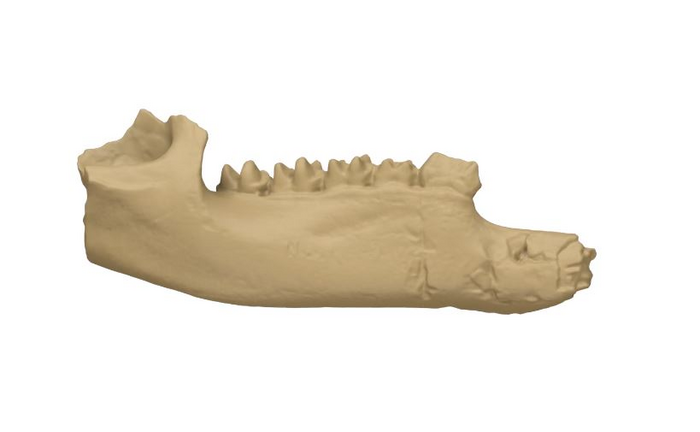
Kerr and his colleagues say they hope their discovery will create fresh momentum for paleontological research on New Guinea. The team was recently awarded a grant to conduct three digs at two sites in central and eastern Papua New Guinea over the next three years.
“We’ll be working with curators of the Papua New Guinea Museum and Art Gallery and other contacts in PNG,” Gavin Prideaux, a paleontologist from Flinders University and co-author of the paper, said in a press release. “We hope to build some local interest in New Guinean paleontology.”
Banner image: Artist’s impression of the Nombe kangaroo. Illustration courtesy Peter Schouten.
Citation:
Kerr, I. A., & Prideaux, G. J. (2022). A new genus of kangaroo (Marsupialia, Macropodidae) from the late Pleistocene of Papua New Guinea. Transactions of the Royal Society of South Australia, 1-24. doi:10.1080/03721426.2022.2086518



